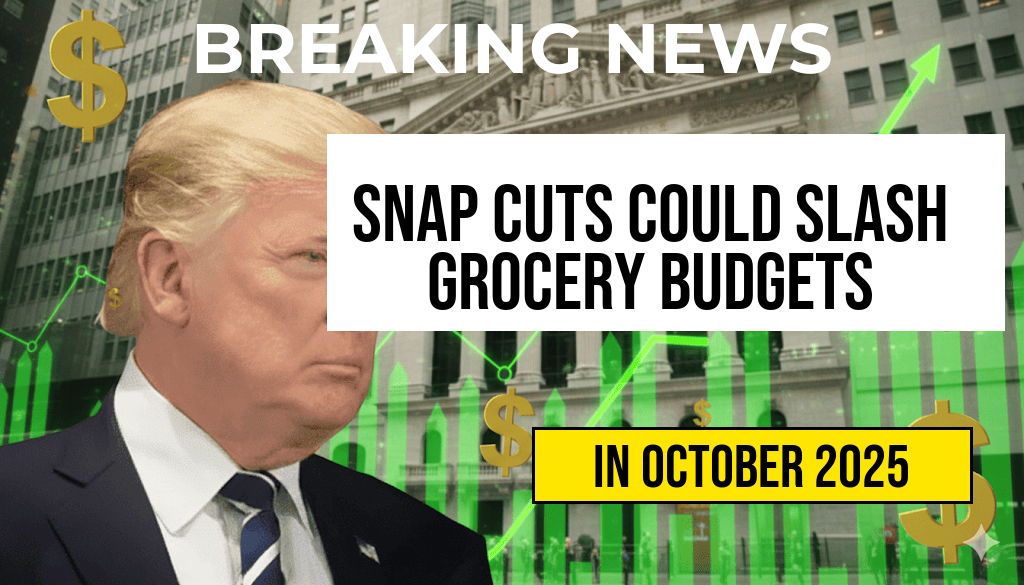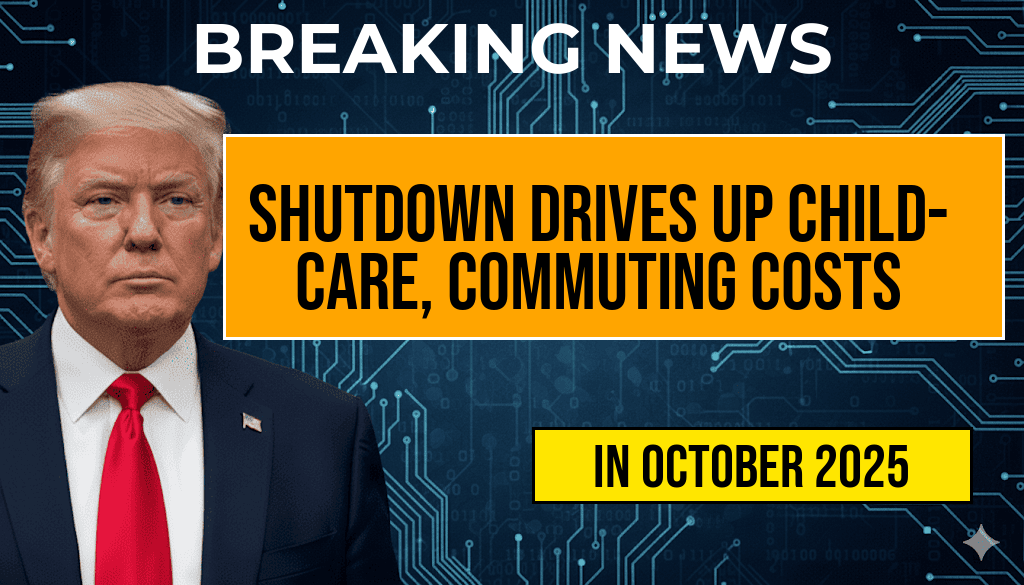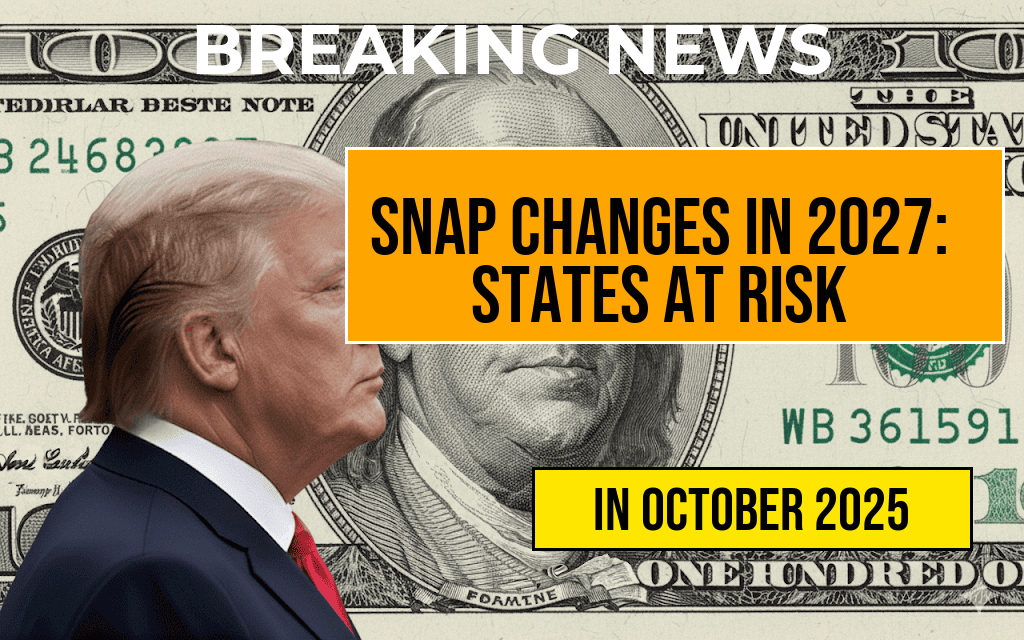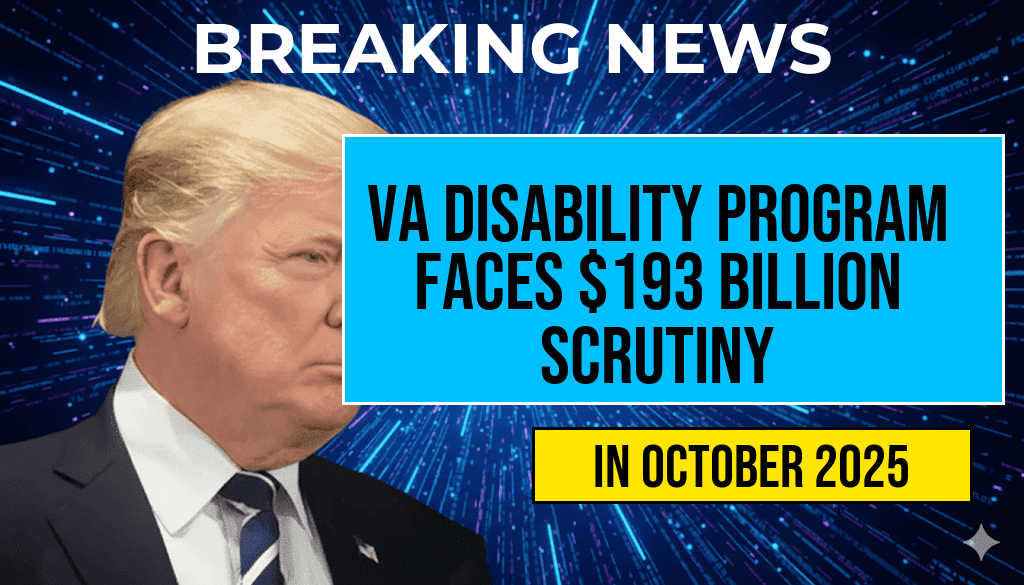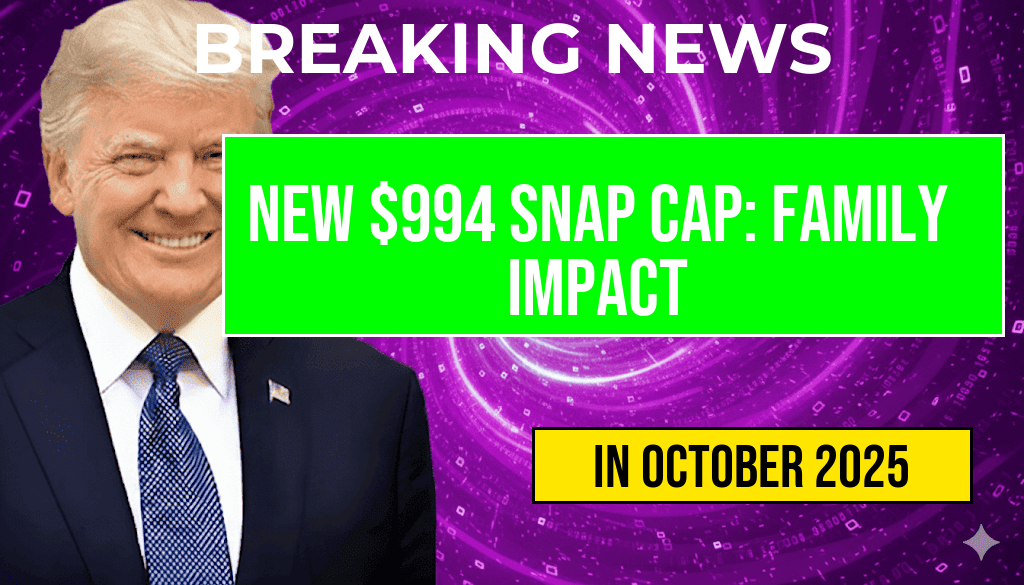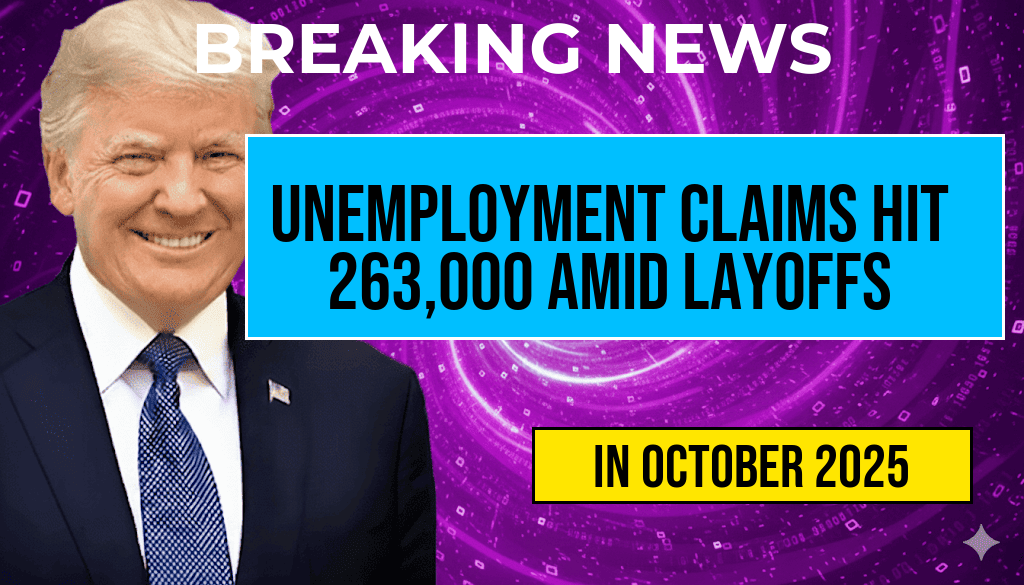As states prepare for the implementation of the Supplemental Nutrition Assistance Program (SNAP) cost-share initiative in 2027, concerns are mounting over its potential financial impact. High-error states, which have consistently reported inaccuracies in their SNAP administration, could face significant penalties that may lead to a reduction in benefits for millions of recipients. The new cost-share requirement aims to enhance the efficiency of the SNAP program, but it poses risks for states that struggle with compliance. Stakeholders are questioning whether these adjustments will compromise the support system meant to assist vulnerable populations.
Understanding the SNAP Cost-Share Initiative
The SNAP cost-share implementation is a federal mandate that requires states to contribute a portion of the funding for the program based on their administrative performance. This initiative is designed to incentivize states to improve accuracy in benefit distribution and reduce fraud. Starting in 2027, high-error states could incur substantial financial losses if they do not meet federal performance standards.
What Constitutes a High-Error State?
- Administrative Errors: States with high rates of inaccuracies in eligibility determinations and benefit calculations.
- Fraud Rates: Areas with elevated instances of reported fraud, leading to financial discrepancies within the program.
- Compliance Issues: States that fail to adhere to federal guidelines and reporting requirements.
Potential Financial Ramifications
For states identified as high-error, the financial implications of the new cost-share model could be dire. Estimates suggest that these states could lose millions of dollars in federal funding, which would otherwise be allocated to support low-income families. This funding is crucial for providing essential assistance in food security.
Effects on Benefits
The potential loss of federal funding raises critical questions about the future of SNAP benefits for recipients in high-error states. While the federal government aims to enhance accountability, the risk remains that many families could see their benefits reduced as states grapple with the new financial structure.
Advocacy and Concerns
Organizations advocating for low-income families are voicing their concerns about how the implementation of the cost-share initiative could exacerbate food insecurity. Critics argue that penalizing states for administrative errors will disproportionately affect the most vulnerable populations who rely on SNAP for their daily nutrition.
State Responses
Some states are already taking proactive measures to address the potential fallout from the impending changes. Initiatives include:
- Increased Training: Enhancing staff training programs to ensure accurate benefit distribution.
- Technology Upgrades: Investing in new technologies to streamline application processes and reduce errors.
- Collaboration with Federal Agencies: Working closely with federal officials to improve compliance and reporting practices.
Looking Ahead: The Future of SNAP
The landscape of food assistance is poised for transformation as states navigate the challenges posed by the SNAP cost-share implementation. With the 2027 deadline approaching, states must focus on improving performance metrics to safeguard their funding and ensure that families do not face reduced benefits.
Stakeholder Contributions
Key stakeholders, including state officials, advocacy groups, and community organizations, are called to collaborate in developing strategies that prioritize both compliance and the well-being of SNAP recipients. Open discussions and planning sessions could pave the way for innovative solutions that address the dual objectives of accountability and support.
Conclusion
As the clock ticks down to the 2027 SNAP cost-share implementation, the conversation surrounding high-error states and their potential financial losses continues to evolve. The stakes are high, with millions of families relying on the program’s benefits for their basic needs. The need for effective communication and strategic planning among all stakeholders has never been more critical.
For further information on SNAP and its upcoming changes, you can refer to resources provided by USDA Food and Nutrition Service and Center on Budget and Policy Priorities.
Frequently Asked Questions
What is the SNAP Cost-Share Implementation set for 2027?
The SNAP Cost-Share Implementation is a new policy aimed at addressing the funding structure of the Supplemental Nutrition Assistance Program. It will adjust how states contribute financially to the program starting in 2027.
How could high-error states be affected by this new implementation?
High-error states may face significant financial penalties under the new implementation, potentially losing millions in federal funding if they do not meet accuracy standards in their SNAP administration.
Will benefits for SNAP recipients be reduced?
The implementation itself does not directly reduce benefits for recipients; however, if states lose funding due to high error rates, it could lead to reduced services or resources that support benefits distribution.
What measures are being taken to prevent funding losses?
States are encouraged to enhance their administrative practices and accuracy in processing SNAP applications to avoid funding losses and ensure that eligible recipients continue to receive their benefits.
How can states improve their SNAP administration?
States can improve their SNAP administration by investing in training for staff, utilizing technology to streamline processes, and conducting regular audits to identify and rectify errors promptly.


